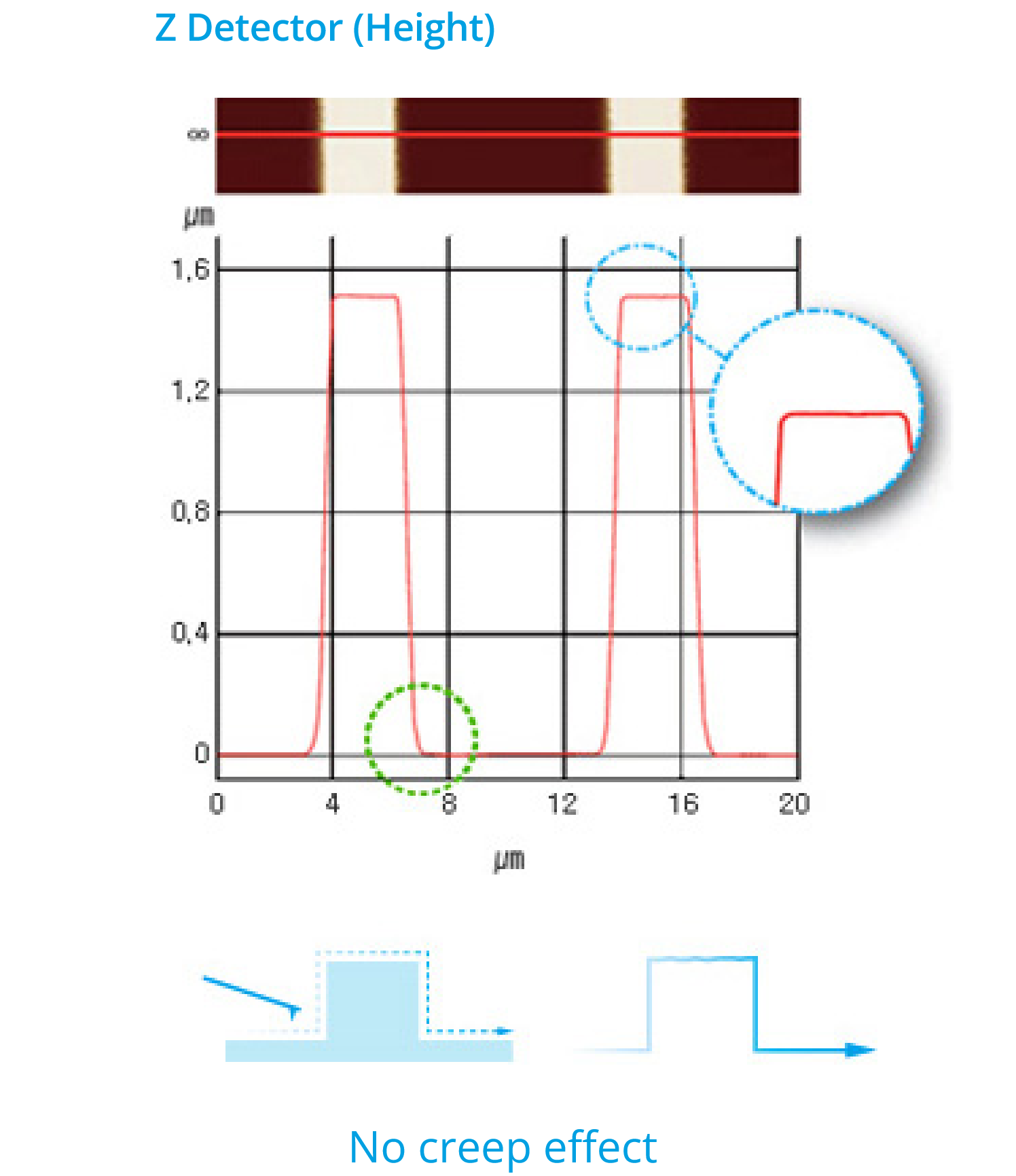The leading nano
metrology tool for failure
analysis and large sample
research
As an FA engineer, you’re expected to deliver results.
There’s no room for error in the data provided by
your instruments. Park NX20, with its reputation as
the world’s most accurate large sample AFM, is rated
so highly in the semiconductor and hard disk
industry for its data accuracy.
More powerful failure analysis
solutions
Park NX20 is equipped with unique features that
make it easier to uncover the reasons behind
device failure and develop more creative solutions.
Its unparalleled precision provides high resolution
data that lets you focus on your work, while its
True Non-Contact™ mode scan keeps tips sharper
and longer, so you won’t have to waste as much
time and money replacing them.
Easy to use, even for entry level
engineers
Park NX20 has one of the most user friendly
designs and automated interfaces in the industry,
so you won’t have to spend as much time and
energy using the tool and supervising junior
engineers with the system.
This lets you focus your experience on solving
bigger problems and providing insightful and
timely failure analysis to your customers.
Accurate AFM Solutions
for FA and Research
Laboratories
Sidewall measurements for
3D structure study
The NX20’s innovative architecture lets you detect
the sidewall and surface of the sample, and
measure their angle. This gives the unit the
versatility you need to do more innovative
research and gain deeper insights.
Surface roughness measurements for
media and substrates
Surface roughness is one of the key applications
where Park NX20 can excel and deliver
the accurate failure analysis and quality assurance.
High resolution electrical scan mode
QuickStep SCM
The Fastest Scanning Capacitance Microscopy
PinPoint AFM
The Frictionless Conductive AFM
Accurate AFM Scan by
True Non-Contact™ Mode
True Non-Contact™ Mode
True Non-Contact™ Mode is a scan mode unique
to Park AFM systems that produces high resolution
and accurate data by preventing destructive tip-sample
interaction during a scan.
Accurate Feedback by Faster Z-servo enables
True Non-Contact AFM
-
Less tip wear → Prolonged high-resolution scan
-
Non-destructive tip-sample interaction → Minimized sample
modification
-
Maintains non-contact scan over a wide range of samples
and conditions
Unlike in contact mode, where the tip contacts
the sample continuously during a scan, or in
tapping mode, where the tip touches the sample
periodically, a tip used in non-contact mode does
not touch the sample. Because of this, use of non-contact
mode has several key advantages.
Scanning at the highest resolution throughout
imaging is now possible as the tip’s sharpness is
maintained.
Accurate AFM
Topography with
Low Noise Z Detector
True Sample Topography™
without piezo creep error
Our AFMs are equipped with the most effective
low noise Z detectors in the field, with a noise
of .02 nm over large bandwidth.
This produces highly accurate sample topography,
no edge overshoot and no need for calibration.
Just one of the many ways Park AFM saves your
time and gives you better data.
-
Low noise Z detector signal is used for topography
-
Low Z detector noise of 0.02 nm over large bandwidth
-
No edge overshoot at the leading and trailing edges
-
Calibration needs to be done only once at the factory


















